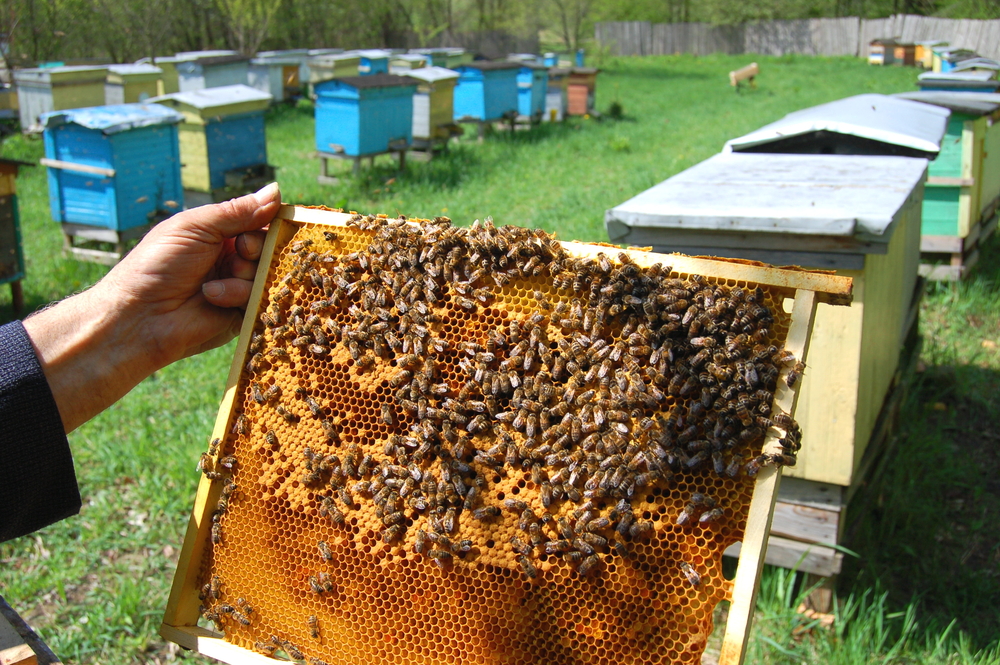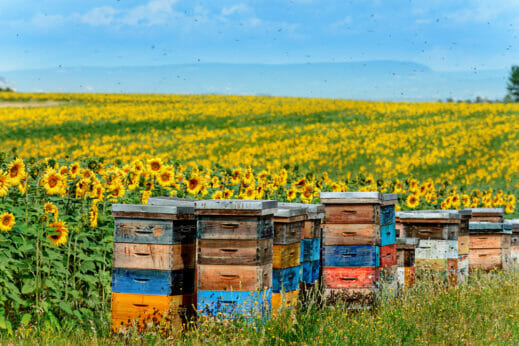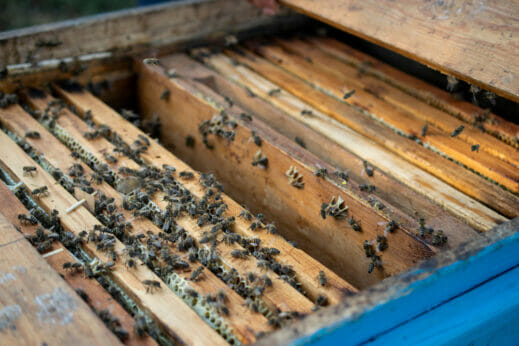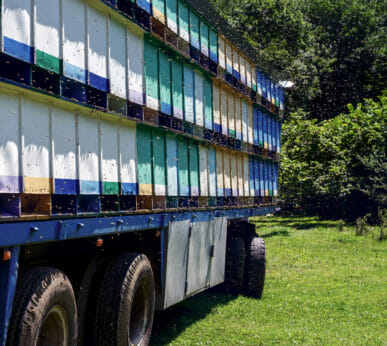Six Months on the Road: Inside the World of Migratory Beekeeping
Bees and other pollinators are a hardworking but often forgotten backbone of our food system. In order to get everywhere they need to be, beekeepers travel with hives for nearly half the year.





Im just a backyard type beekeeper but love all info to help me keep my hives healthy
“We are in the back”, rather Bees are the backbone. 🐝